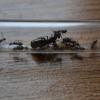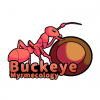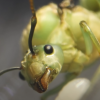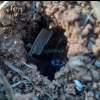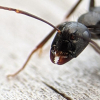Ah, yes, I re-read your post and AC Omni nests are horrible for retaining humidity. For future refrence, THA (although more expensive) are amazing nests, and Camponotus do great in them. I would go for Type III, as Camponotus can occasionally chew through the soft Ytong. I have a 400+ worker colony of C. chromaiodes in a Fortress, and they're doing great, and Freya (their queen) just laid a massive clutch of eggs containing about 200 eggs.
Yeah I'm dishing out the money for a Type-III Museum Glass Fortress. Good to hear that you can fit that many Camponotus workers into one of those, I was a little bit nervous about getting one and then having to buy a bigger nest soon after for more space.
Keep in mind how cramped Camponotus nests are in the wild. Their galleries are fairly narrow.





